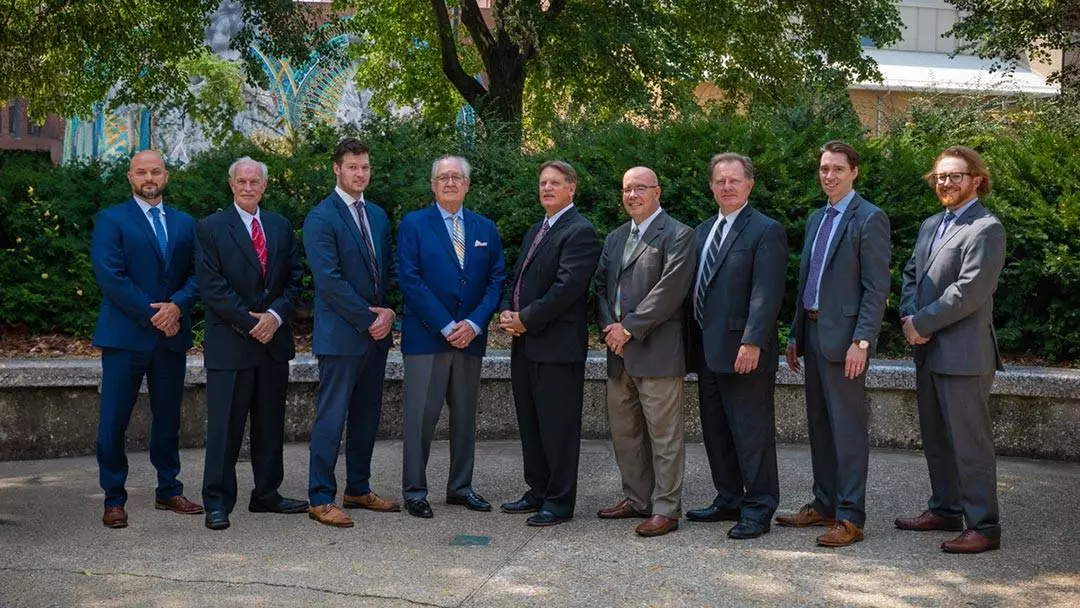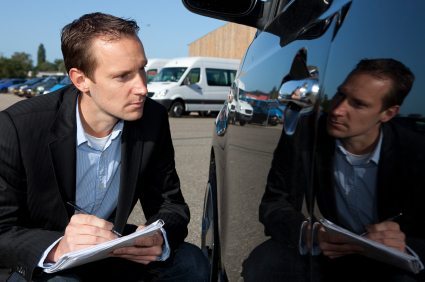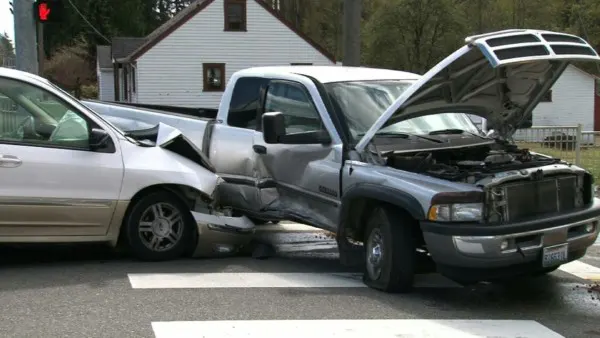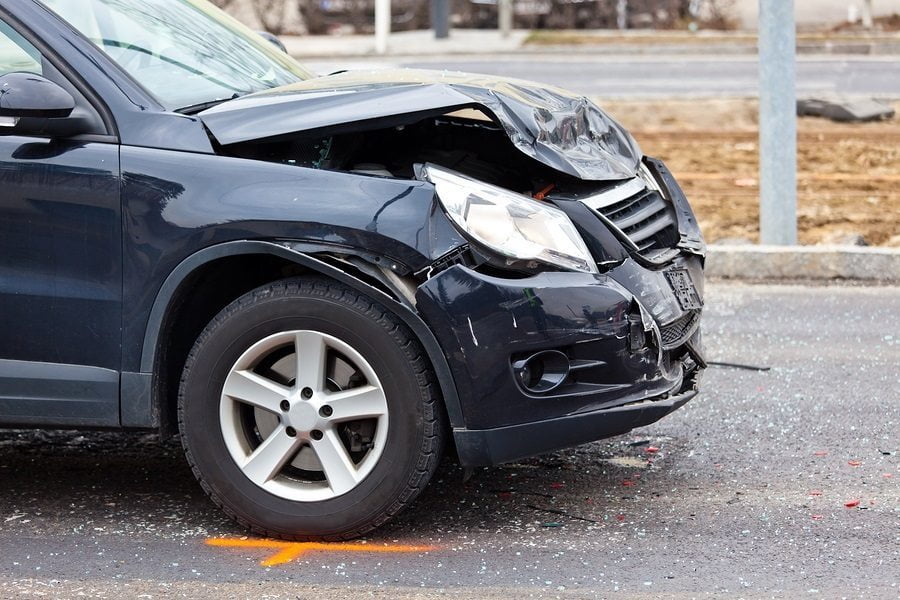Navigating the aftermath of a car accident is an emotionally and physically taxing process. Amid the chaos, a car accident police report stands as a beacon of clarity, offering an official, unbiased account of the event.
But what happens when this document contains errors? Here are five key steps to take.
What Is a Car Accident Police Report?
A car accident police report is a document prepared by an officer responding to the scene of an accident. It captures critical details such as the date, time, location, parties involved, witness statements, and the officer’s incident assessment.
With over 250,000 car accidents in Ohio in 2023 alone, this report plays a crucial role in insurance claims and legal disputes. Additionally, Ohio is an “at-fault” state, meaning that the driver found at fault is responsible for any damages.
That said, errors can occur and can significantly affect the outcome of your cases—especially if the car accident police report incorrectly assigns fault. It’s natural to feel panicked upon discovering inaccuracies; luckily, there are ways to rectify these mistakes.
Common Mistakes Found in Car Accident Police Report
Some common types of mistakes in car accident police reports include:
- Incorrect personal information, such as names, addresses, or license numbers.
- A faulty description of the events leading up to the accident.
- Misidentification of parties involved—drivers and passengers can be mixed up, especially in multi-vehicle accidents.
- Inaccurate diagrams, where the positioning and movement of vehicles don’t accurately reflect the scene.
- Missing or misrepresented witness accounts.
- Errors in the extent or location of vehicle damage.
What to Do When Your Car Accident Police Report Is Wrong
Ohio’s statute of limitations for car accident claims is two years from the date of the accident. If you notice any errors in your car accident police report, act swiftly. Delaying your response can make correcting the report—and preserving your legal rights—more challenging over time.
Step 1: Identify the Inaccuracies
Begin by carefully reviewing the car accident police report against your own records and recollections. Note any discrepancies in personal information, the accident’s description, and the recorded statements and facts.
Step 2: Collect Evidence
Next, gather any evidence that supports the correct version of events. This can include photos from the scene, witness statements, video footage, and any other documentation that can substantiate your claim. The more evidence you have, the stronger your case for amending the report.
Consulting with a car accident lawyer at this stage can also be beneficial in ensuring that the evidence collected will be persuasive in supporting your case.
Step 3: Contact the Reporting Officer
After compiling your evidence, initiate contact with the police department that issued the car accident police report. You can do this by calling the department directly or visiting in person to request a meeting with the officer who filed the report.
When you reach out, provide a detailed explanation of the inaccuracies and offer the evidence you’ve collected. Be polite and professional in your communication, and try to acknowledge that officers are working under challenging conditions and that the mistake was likely unintentional.
Step 4: Submit a Formal Amendment Request
If the officer agrees that an error was made, they may amend the car accident police report. However, if the officer does not acknowledge the mistake or if the policy of the department does not allow for changes, you can file a formal amendment request with the police department.
This written request should include a detailed explanation of the mistake, along with any supporting evidence you have gathered. Consider having a lawyer review this document to confirm it meets all legal requirements and maximizes the likelihood of a favorable outcome.
Step 5: Seek Legal Assistance
The period following your submission of a formal amendment request can be filled with uncertainty and anxiety. Whether you’re met with a swift response or find yourself in a waiting game, consulting with an experienced Ohio car accident lawyer is a pivotal next step.
A car accident lawyer can do more than just follow up on your amendment request; they can evaluate the nuances of your situation and the impact of the report’s inaccuracies on your case. By partnering with a dedicated advocate, you gain not just the opportunity to change the direction of your case but also the ability to navigate the complex aftermath with confidence.
From correcting errors in your car accident police report to filing your car accident injury claim, our team at Slater & Zurz is here to help guide you through these challenging times. Reach out to us today at 330-762-0700 for a free consultation.






